Autoflower light cycles explained
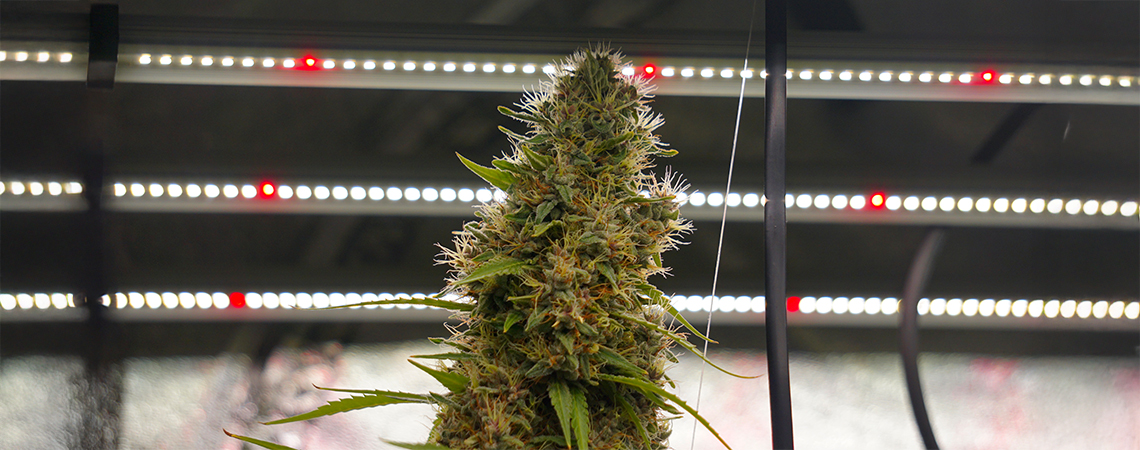
Wondering how much light autoflowers need? This guide covers every autoflower light schedule, from 18/6 and 20/4 to 24/0, 12/12, and uncommon cycles, as well as quick tips on spectrum, lamp types, and intensity to help you select the best light schedule for autoflowers for your grow.
Not sure how many hours of light your autoflowers really need? Choosing the proper light schedule can mean the difference between a good harvest and a great one. Even though autoflowering cannabis doesn't rely on changes in day length to start flowering, lighting can still play a massive role in how fast your plants grow, how healthy they stay, and what kind of yield you receive at harvest time.
Growers employ a range of strategies, from steady 18/6 routines to round-the-clock lighting, each with its own trade-offs. So if you've been wondering how much light autoflowers need, you're not alone, and there isn't a single universal answer. The best light schedule for autoflowers depends on your setup, your goals, and even the strain you're using. In this guide, we'll break down the most common light cycles, look at when a 12/12 light cycle for autoflower makes sense, and touch on light spectrum and intensity so you can dial in your grow with confidence.
The importance of optimised lighting for autoflowers
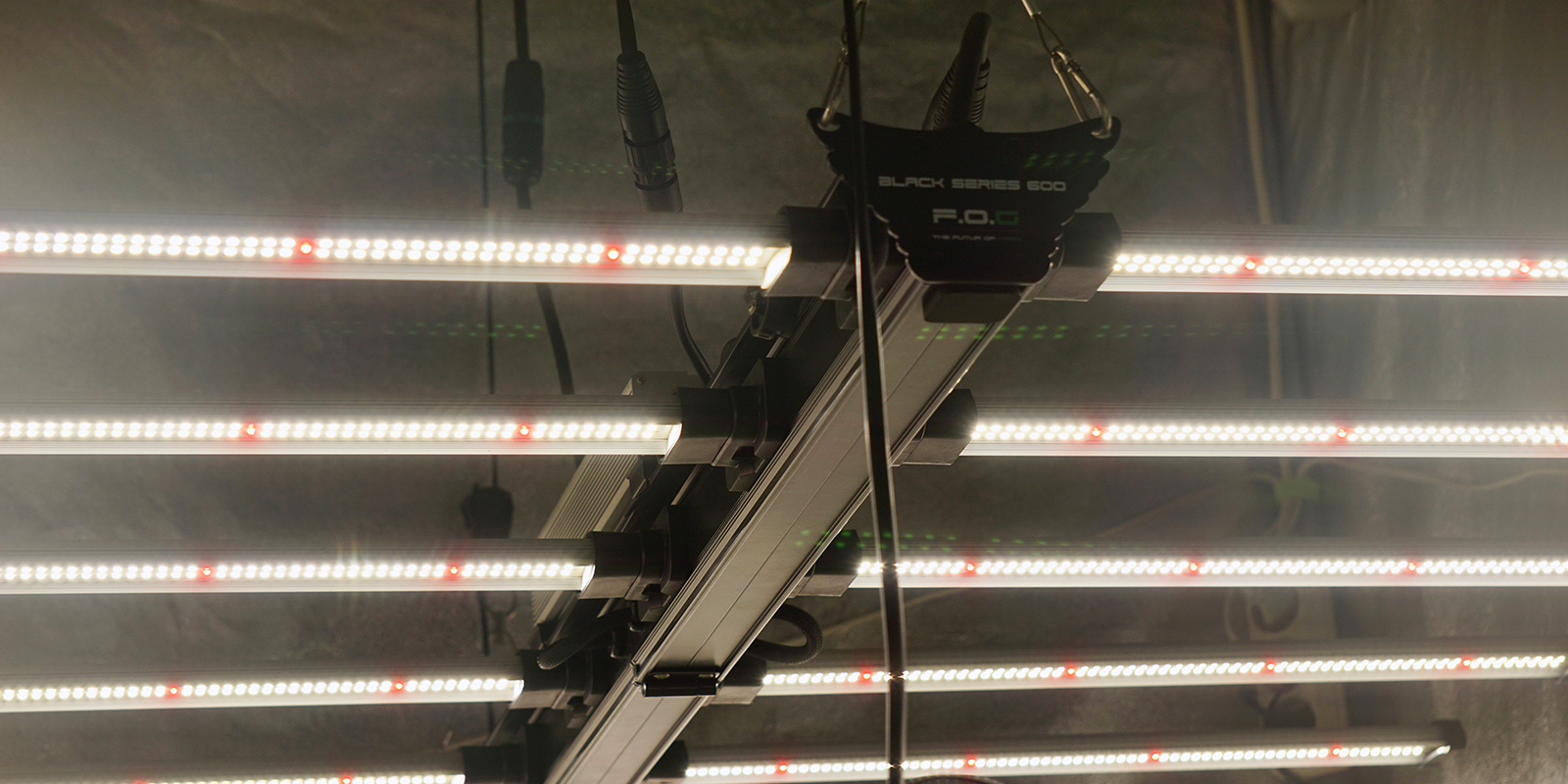
Of course, one of the most significant advantages of autoflowering strains is that they don't depend on a specific light schedule to start flowering. Unlike photoperiod plants, autos transition from vegetative growth to bloom based on age and genetics, rather than the pattern of light exposure. That's why many beginners love them: they're fast, reliable, and much more forgiving. If you're new to the world of autoflowering cannabis, it's worth reading up on how they work and why they're different from more traditional strains.
Just because they don't need a schedule to flower doesn't mean that light doesn't play a role. In fact, optimising your autoflower light schedule is one of the easiest ways to improve growth speed, plant structure, and final yield. Autoflowers have short life cycles, so every day counts: the more efficiently they capture light energy, the more they can put into healthy leaves, sturdy branches, and dense buds. The proper routine also makes maintenance simpler: stable lighting reduces stress, keeps plants on a steady rhythm, and helps you avoid issues like slow growth or airy flowers. In short, autos will bloom regardless, but dialled-in lighting helps them bloom to their full potential.
Autoflower seedling light schedule
During the first 10–14 days, your seedlings are building roots and their first true leaves, so the goal is steady, gentle growth rather than “pushing” them hard. A consistent autoflower light schedule helps them settle in quickly and without stress. Most growers stick to 18/6 or 20/4 at this stage, as both provide ample energy for early development while still allowing seedlings a short dark period to rest and process nutrients.
Keep lights at a safe distance and set the intensity to a lower level, especially with LEDs. Seedlings don't need blazing PPFD to thrive, and too much light early on can cause drooping, bleaching, or even stunted growth. If they're stretching tall and thin, increase the intensity slightly or lower the lamp position; if the leaves curl downward or look pale, back off. Start conservatively, stay consistent, and your autos will enter the vegetative stage strong and ready to grow fast.
Common light schedules for autoflowers
Once your autoflowers are past the seedling stage, you've got a few solid options for dialling in their day/night rhythm. Because autos aren't triggered by photoperiod, you can run the same schedule from start to finish; however, different setups can influence growth rate, yield, and running costs. Below, we'll walk through the most popular choices and best use-cases for each autoflower light cycle, so you can match lighting to your goals. If you want a deeper dive into cannabis lighting basics before choosing, take a look at our dedicated guide to lighting cannabis plants.
18/6 light schedule
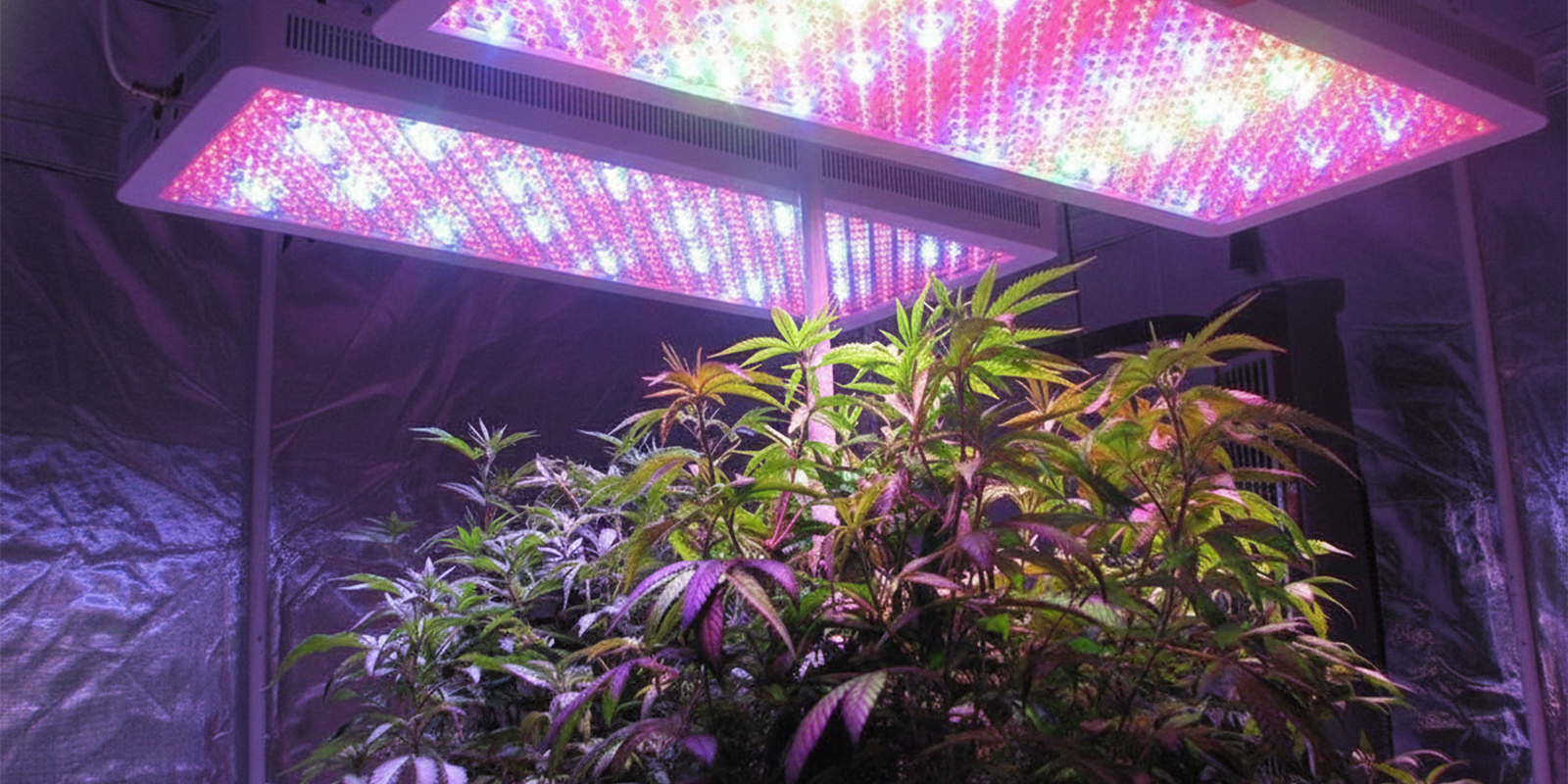
An 18/6 cycle gives autoflowers 18 hours of light and 6 hours of darkness per day. It's arguably the most common autoflower light schedule because it strikes a delicate balance: providing plenty of light for vigorous growth and yields, while also allowing for a dark period for recovery, all without pushing heat or power costs too high.
Pros
- Great balance of growth and rest
- Consistently good yields for most strains
- Lower heat and energy costs than 20/4 or 24/0
- Simple, beginner-friendly routine
Cons
- Slightly slower growth than higher-light schedules in some setups
- May not fully maximise yield potential in very efficient LED grows
Best for: beginners, most indoor tents, warm rooms where heat is already a factor, and growers who want dependable results without high running costs. If you're unsure of where to start, 18/6 is often the safest baseline on the way to finding the best light schedule for autoflowers in your specific space.
20/4 light schedule
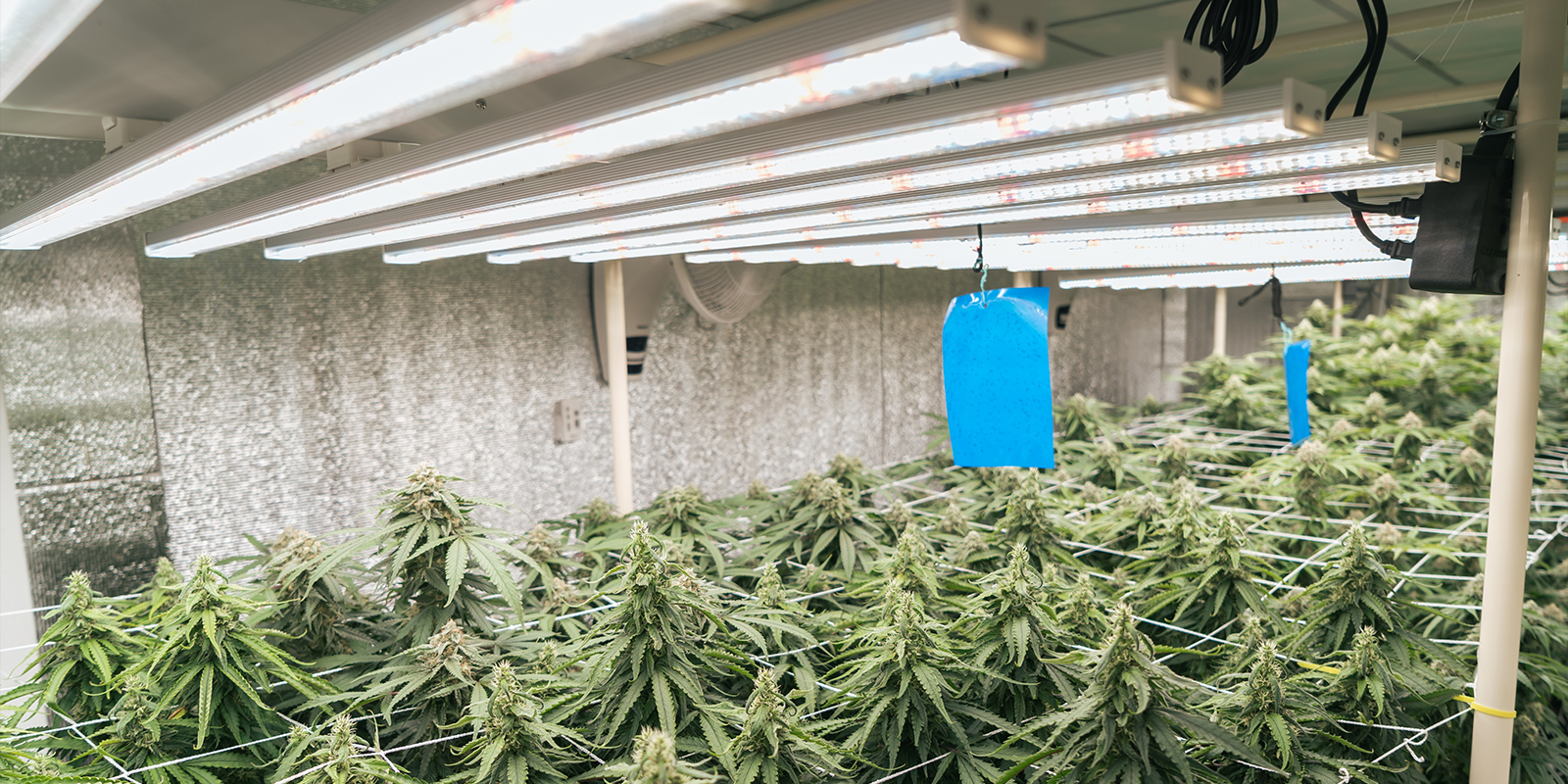
A 20/4 cycle provides autoflowers with 20 hours of light and 4 hours of darkness per day. Many growers view this as a “performance” autoflower light schedule, offering more daily light than an 18/6 schedule while still providing plants with a short recovery window. If you're trying to increase growth speed or push yields a little higher, 20/4 is often a firm middle ground.
Pros
- More light each day can boost growth and bud development
- Often improves yield potential compared to 18/6
- Still includes a dark period for recovery and root work
- Works exceptionally well with efficient LED setups
Cons
- Slightly higher electricity costs compared to 18/6
- More heat output to manage in smaller tents
- Some strains show only marginal gains over 18/6
Best for: indoor growers who want a bit more growth potential without the full expense or intensity of a 24/0 schedule. It's a common choice for anyone experimenting with the best light schedule for autoflowers in their setup.
24/0 light schedule
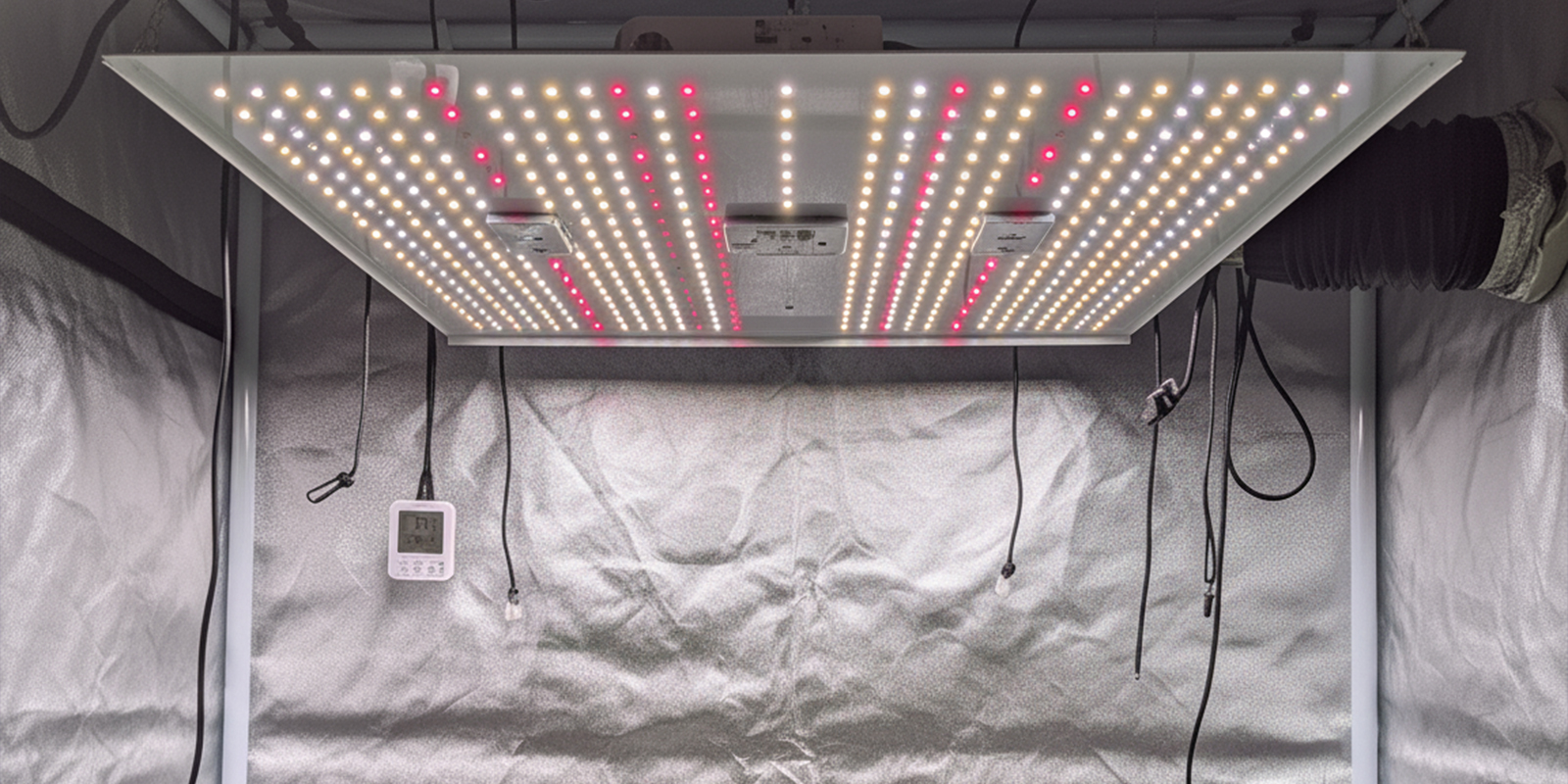
A 24/0 cycle keeps your lights on all day, every day, with no dark period at all. The idea is simple: more light hours can mean faster growth and potentially bigger harvests, which is why some growers swear by this autoflower light schedule. That said, results vary by strain and setup, and the autoflower light cycle 24/0 vs 18/6 yield debate is still very much a thing: some plants love constant light, while others perform just as well (or better) with rest.
Pros
- Maximum daily light can speed up vegetative growth
- Can increase yield in some grows, especially with LEDs
- No timer needed: simplest schedule to run
- Useful in cooler environments where extra lamp heat helps
Cons
- Highest electricity cost of all schedules
- More heat to control, especially in small spaces
- Some plants show stress or slower development without darkness
- If issues pop up, they can escalate quickly without a rest window
Best suited for: growers in cool climates, LED users seeking maximum growth, and those willing to incur higher running costs. If you notice drooping, bleaching, or stalled progress, consider switching to 20/4 or 18/6, or check out our problem-solving guide for help with troubleshooting.
12/12 light schedule
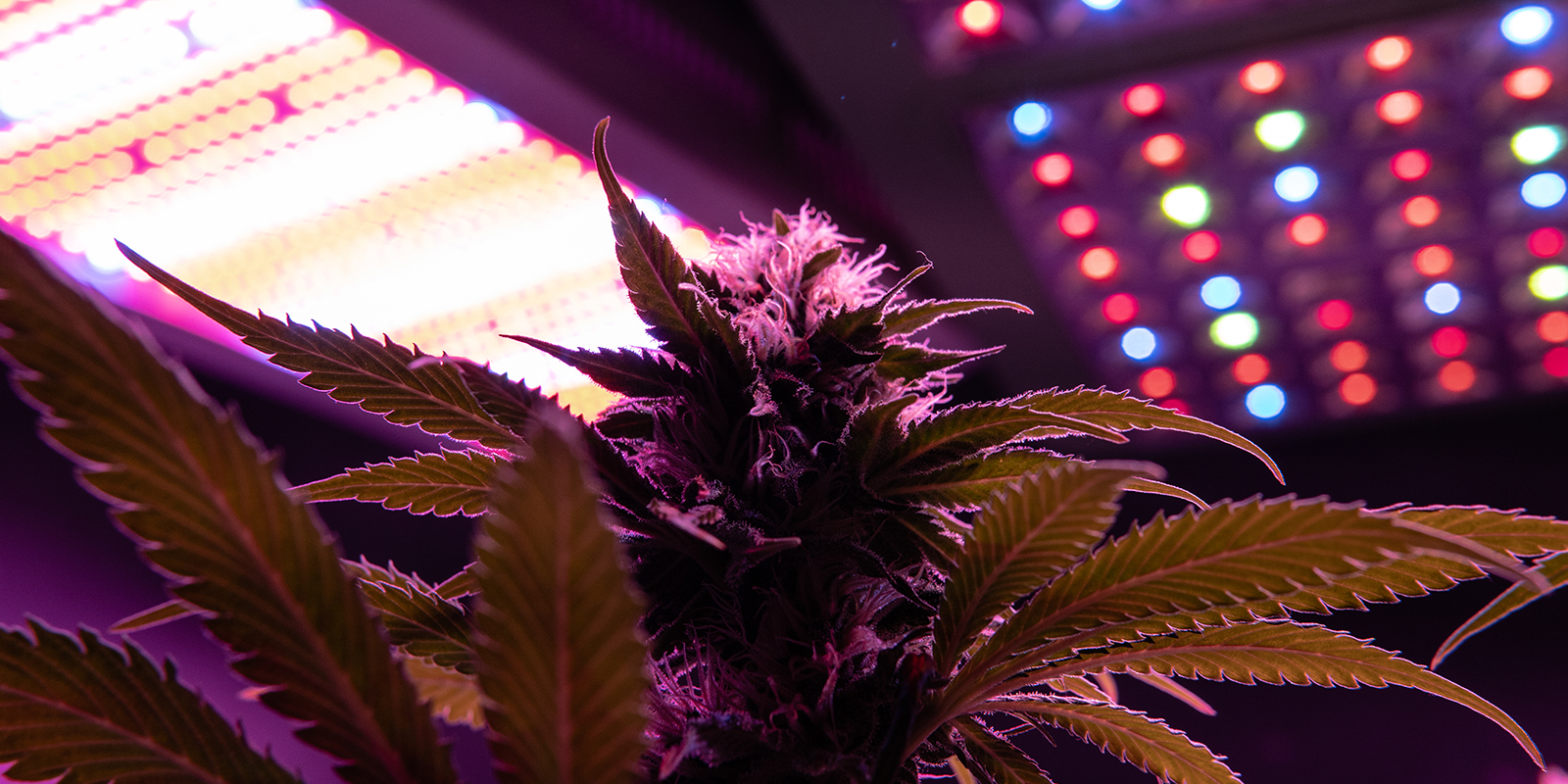
A 12/12 cycle gives autoflowers 12 hours of light and 12 hours of darkness per day. This is the standard flowering schedule for photoperiod strains, and it's most often used in mixed grows where autos are grown alongside photoperiod cultivars. While a 12/12 light cycle for autoflower will still produce buds, the reduced light hours usually mean less growth during the early stage and, in turn, a smaller final harvest.
Pros
- Ideal for mixed tents with photoperiod plants
- Lower electricity costs than 18/6, 20/4 or 24/0
- Easier heat management thanks to fewer light hours
- Still delivers a solid, smokeable harvest
Cons
- Typically lower yield potential due to less daily light
- Slower vegetative growth and smaller plants overall
- Often needs higher light intensity to compensate for fewer hours
Best for: growers running autos alongside photoperiod plants, or anyone looking to prioritise low running costs over maximum yield. If you're curious how this affects total grow time, take a look at Zamnesia's guide on how long cannabis takes to grow.
Uncommon cycles: 6/6, 6/2, 36h light
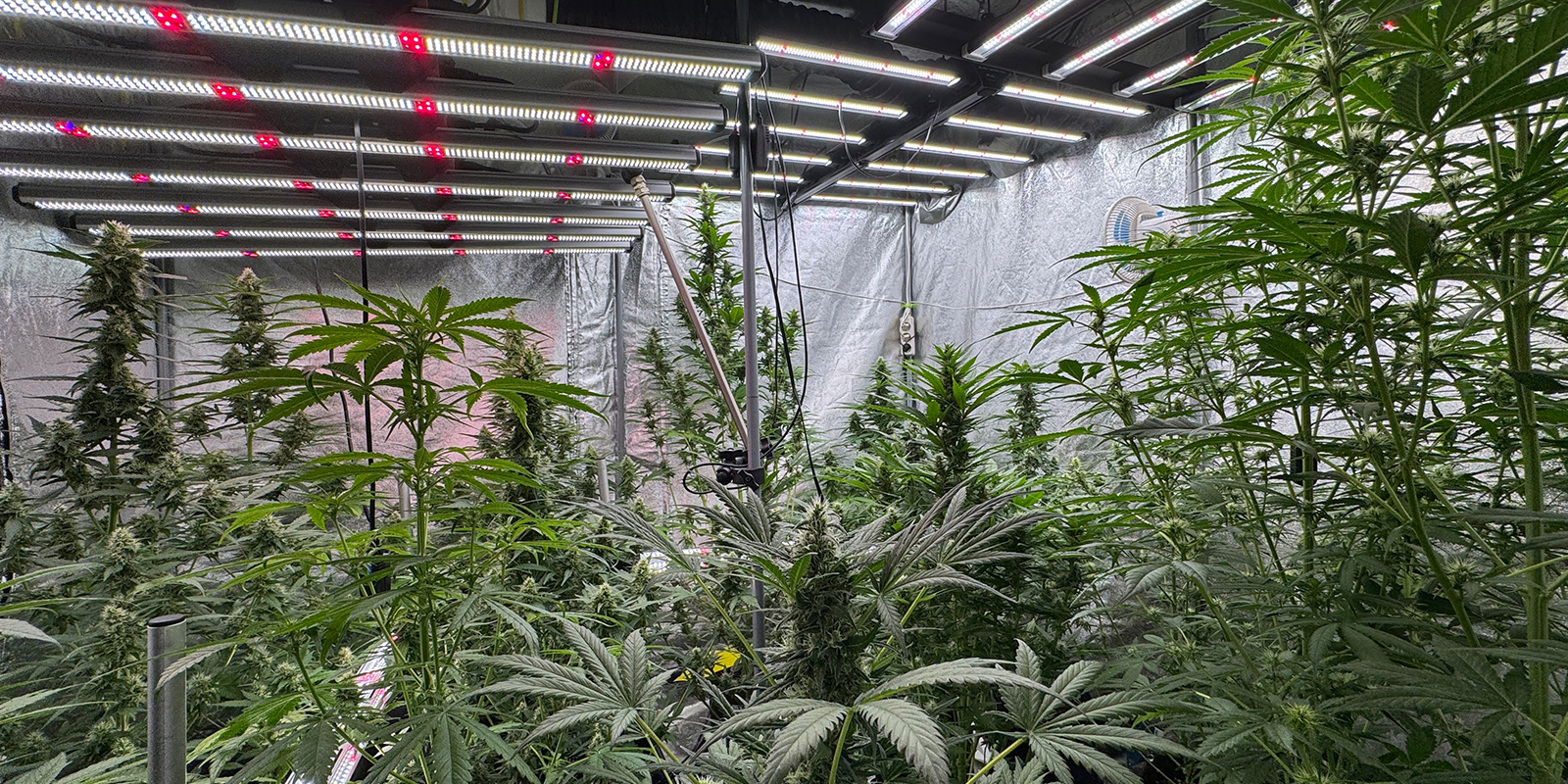
Beyond the standard options, some growers experiment with less conventional autoflower light schedule patterns, such as 6/6 (six hours on, six hours off), 6/2 (six hours on, two hours off, repeated), or even extended runs, such as 36 hours of light followed by a dark period. These approaches are typically employed for practical reasons, such as controlling heat, mitigating electricity spikes, or providing plants with brief breaks in extremely intense environments. While a few growers report good results, these cycles aren't backed by large-scale testing, so treat them as “try and observe” methods rather than tried-and-true, proven standards.
Pros
- Can help manage heat in hot grow spaces
- Short dark breaks may reduce light stress in sensitive plants
- Useful for growers testing different routines or working around equipment limits
- Potential electricity savings compared to 24/0
Cons
- Limited evidence on long-term yield or quality benefits
- Frequent on/off cycles can be annoying to manage
- Some plants may grow more slowly due to lower total light exposure
- Results are inconsistent and strain-dependent
Best for: experienced or curious growers who like experimenting, especially in hot rooms or unusual setups. If your priority is predictable performance, stick to the standard schedules first, then give them a test a little later on a small run.
Light spectrum: type & intensity
Light schedules are only one side of the autoflowering puzzle. To really get the most out of any autoflower light schedule, you also need to think about what kind of light your plants are receiving and how strong it is. Spectrum impacts how your autos grow and flower (from tight internodes to bud density), while intensity determines whether those light hours are actually productive or just stressing the plant. In other words, two growers can run the same schedule and get significantly different results depending on their lamps and settings. Before choosing or refining your cycle, it helps to understand the basics of light spectrum and how different fixtures deliver it.
Spectrum basics
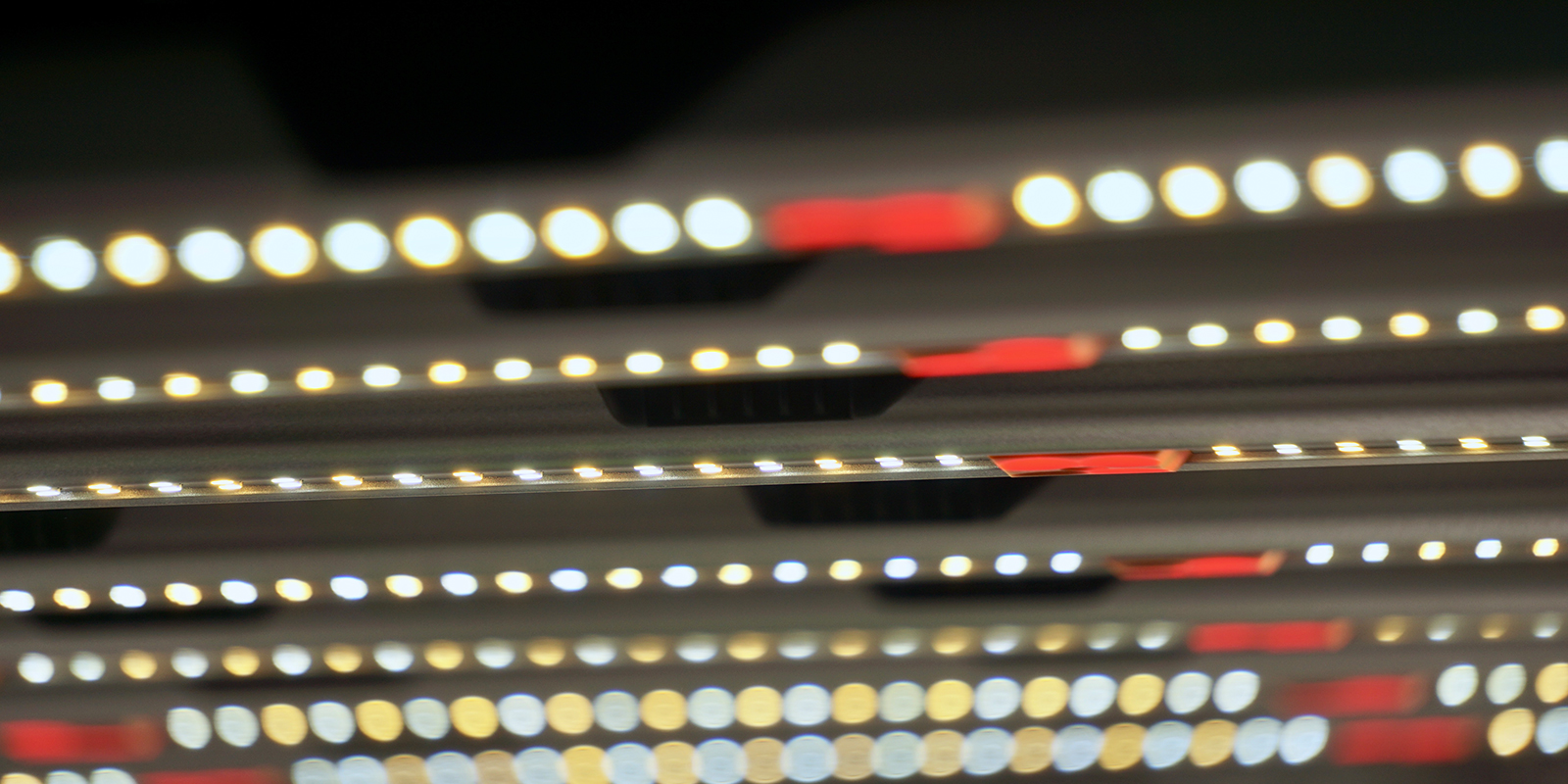
Light spectrum is basically the “colour mix” your lamp produces, and it shapes how autoflowers develop. Full-spectrum LEDs aim to mimic sunlight, giving plants a broad range of wavelengths that support healthy growth from seedling to harvest. Older “blurple” fixtures focus mainly on blue and red light: blue promotes compact, leafy vegetative growth, while red supports flowering and bud formation. Autoflowers don't require a spectrum change to trigger bloom, but they still respond to the quality of the spectrum. In practice, full-spectrum lighting is the easiest all-around choice for beginners, while red/blue-heavy lights can work well if intensity and distance are carefully adjusted.
Types of grow lights
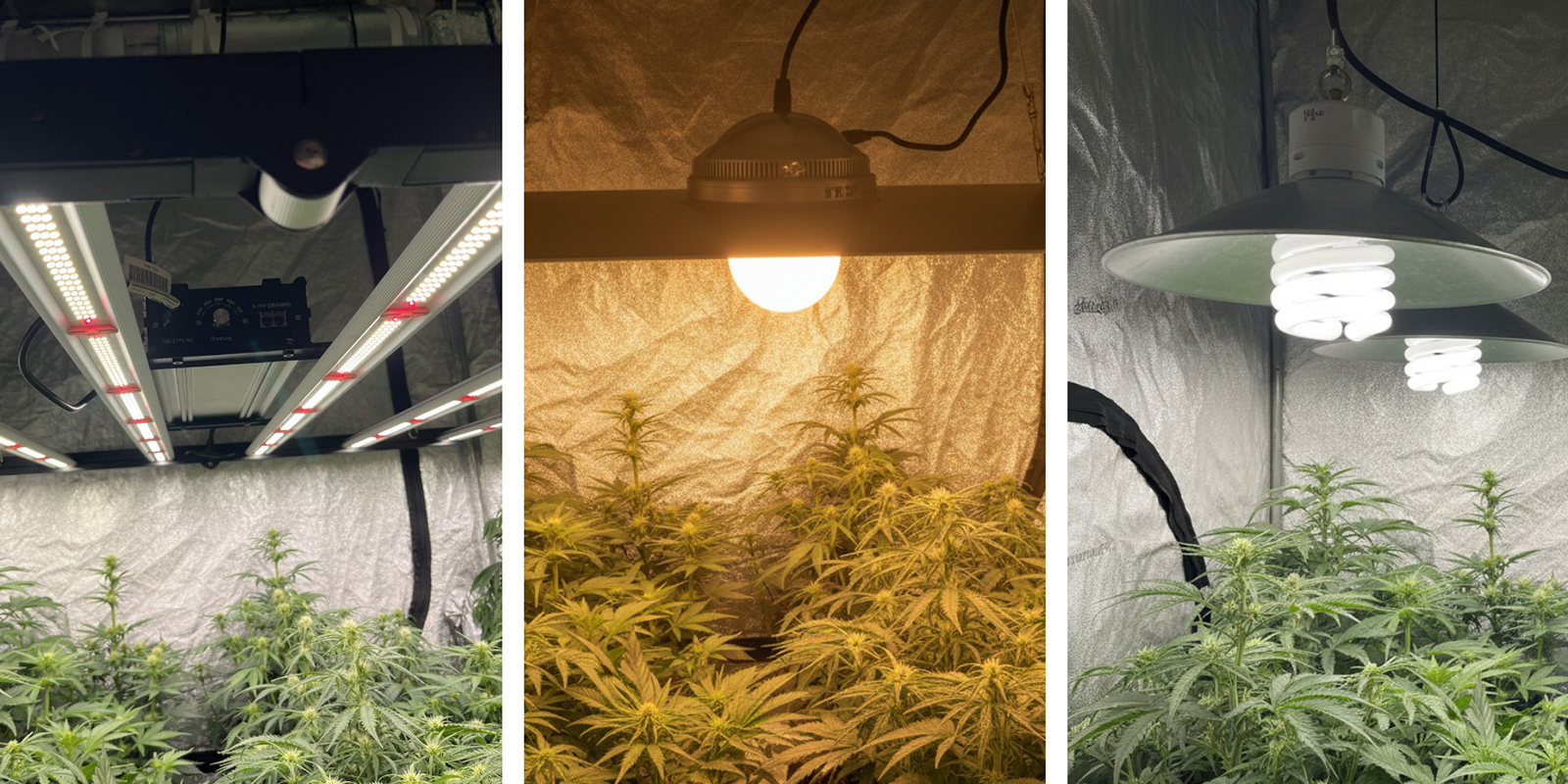
The lamp you choose directly affects heat, efficiency, and the amount of usable light your autos actually receive. LEDs are now the go-to choice for most indoor growers because they're energy-efficient, run cooler, and generally deliver a balanced, full-spectrum light; ideal for fast autoflower cycles. HPS (high-pressure sodium) lights can still produce excellent yields thanks to vigorous intensity and red-leaning spectrum, but they run hot and cost more to power. CFLs are cheap and gentle, making them okay for seedlings or micro-grows, but they lack the punch required for top-end flowering. For a deeper LED-specific breakdown, see Zamnesia's LED guide.
Light intensity by schedule
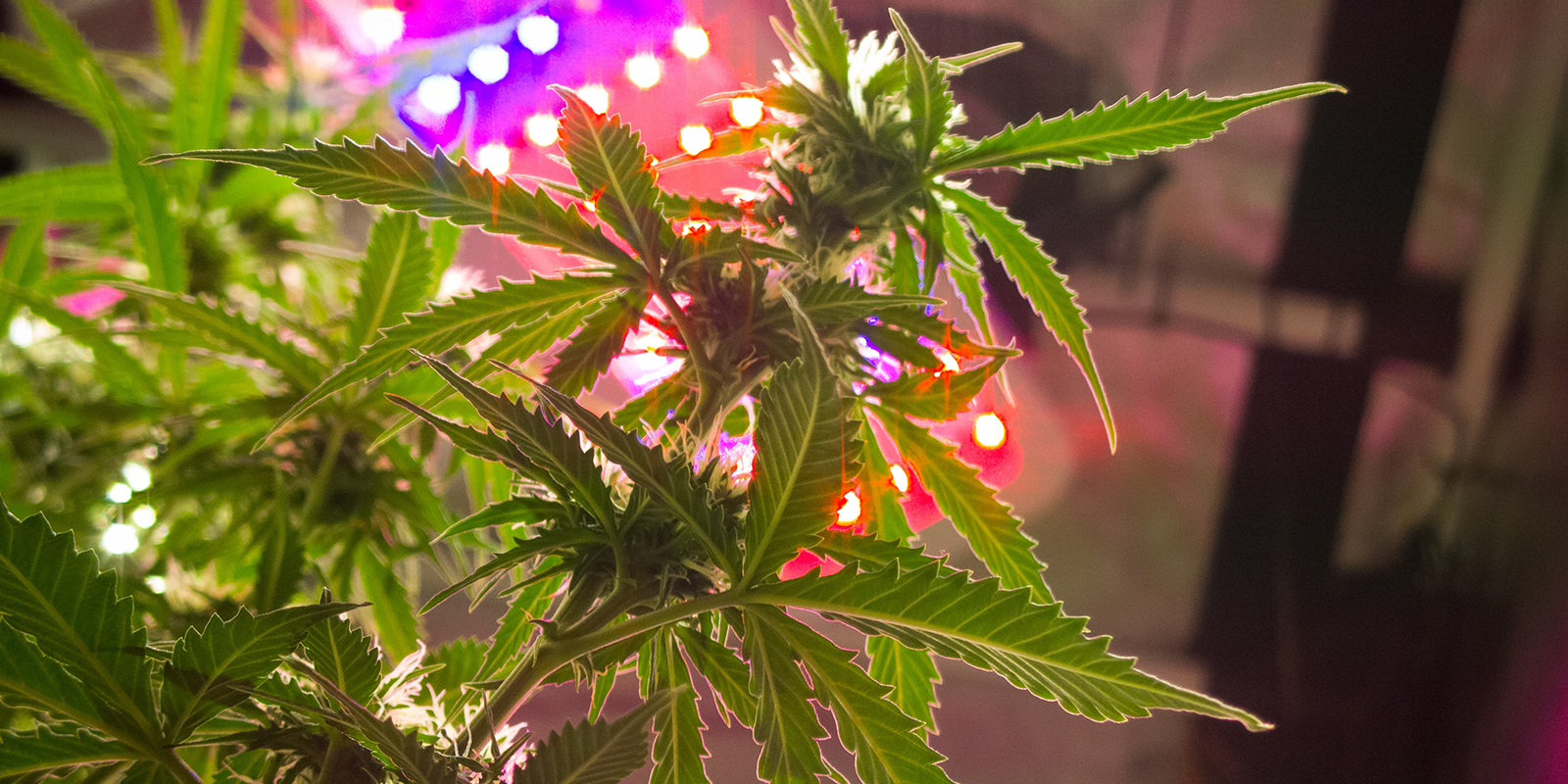
Light intensity matters just as much as the number of hours. Think of it this way: plants require a specific daily total of light, so shorter schedules typically necessitate stronger lamps. A 24/0 autoflower light schedule can run at a lower intensity because the plant receives light continuously throughout the day. In contrast, a 12/12 light cycle often requires higher intensity to compensate for the shorter hours. If intensity is too high for your schedule, you'll see light burn, bleached tops, tacoing leaves, or curled edges. Prevent this by raising the fixture, dimming the LEDs, and increasing intensity gradually while monitoring the plant's response. For more tips on controlling light exposure, take a look at our light deprivation guide.
How to choose the proper light schedule

Choosing the best light schedule for autoflowers depends on your setup, rather than following a universal rule. As we know by this point, autos don't need darkness to flower, so you're really balancing daily light total, cost, and plant comfort to make your decision. As a general rule, aim for plenty of consistent light without stressing them (or yourself).
Longer schedules (20/4 or 24/0)
- Pros: faster growth, potential yield boost, great with cool rooms/LEDs.
- Cons: higher energy use, more heat, some strains dislike constant light.
Balanced schedule (18/6)
- Pros: reliable yields, easier to manage, lower cost/heat.
- Cons: slightly less aggressive growth than 20/4 or 24/0.
Shorter schedule (12/12)
- Pros: ideal for mixed grows, cheaper to run.
- Cons: smaller plants and lower yields unless intensity is higher.
Top tip: start with 18/6, move to 20/4 if you want more push, try 24/0 only if heat/cost aren't issues, and use a 12/12 light cycle for autoflower mainly in shared tents.
How do you ensure optimal light for autoflowers outdoors?
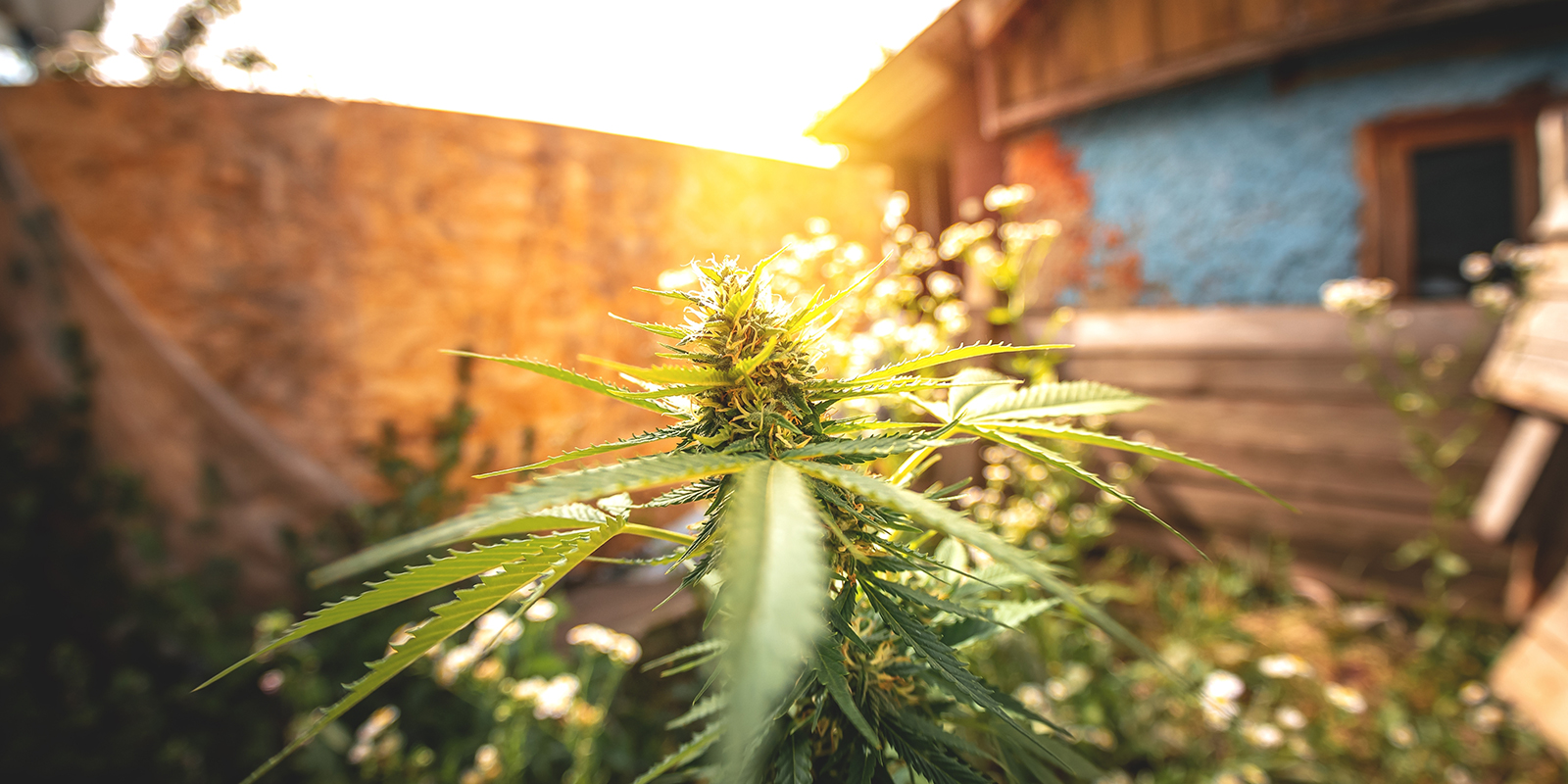
Growing autoflowers outside is mostly about timing and placement. Unlike indoor grows, you can't control the sun, but you can ensure your plants receive as much high-quality light as possible during their short life cycle.
If you live in a warm, sunny climate, the main job is simple: put your autos where they'll receive the longest stretch of direct sunlight each day, ideally in a spot that gets sun from late morning through the afternoon. Just keep an eye on the heat. In peak summer, pots and soil can overheat quickly, and if temperatures exceed 30°C, autoflowers may exhibit signs of stress, such as drooping leaves, curling, or slowed growth. A little shade during the hottest part of the day, combined with steady watering, can easily prevent any further problems.
In cooler or more temperate regions, planning matters more than power. Because autos grow quickly, you'll get the best results by starting them so their strongest growth phase lines up with your brightest, warmest weeks. Think “late spring to mid-summer” rather than early-season low light. Give them the sunniest position you have, shelter them from strong winds, and they'll still produce some solid buds, even without the ultra-long days that photoperiod strains prefer.
Dial in your light, reap the rewards
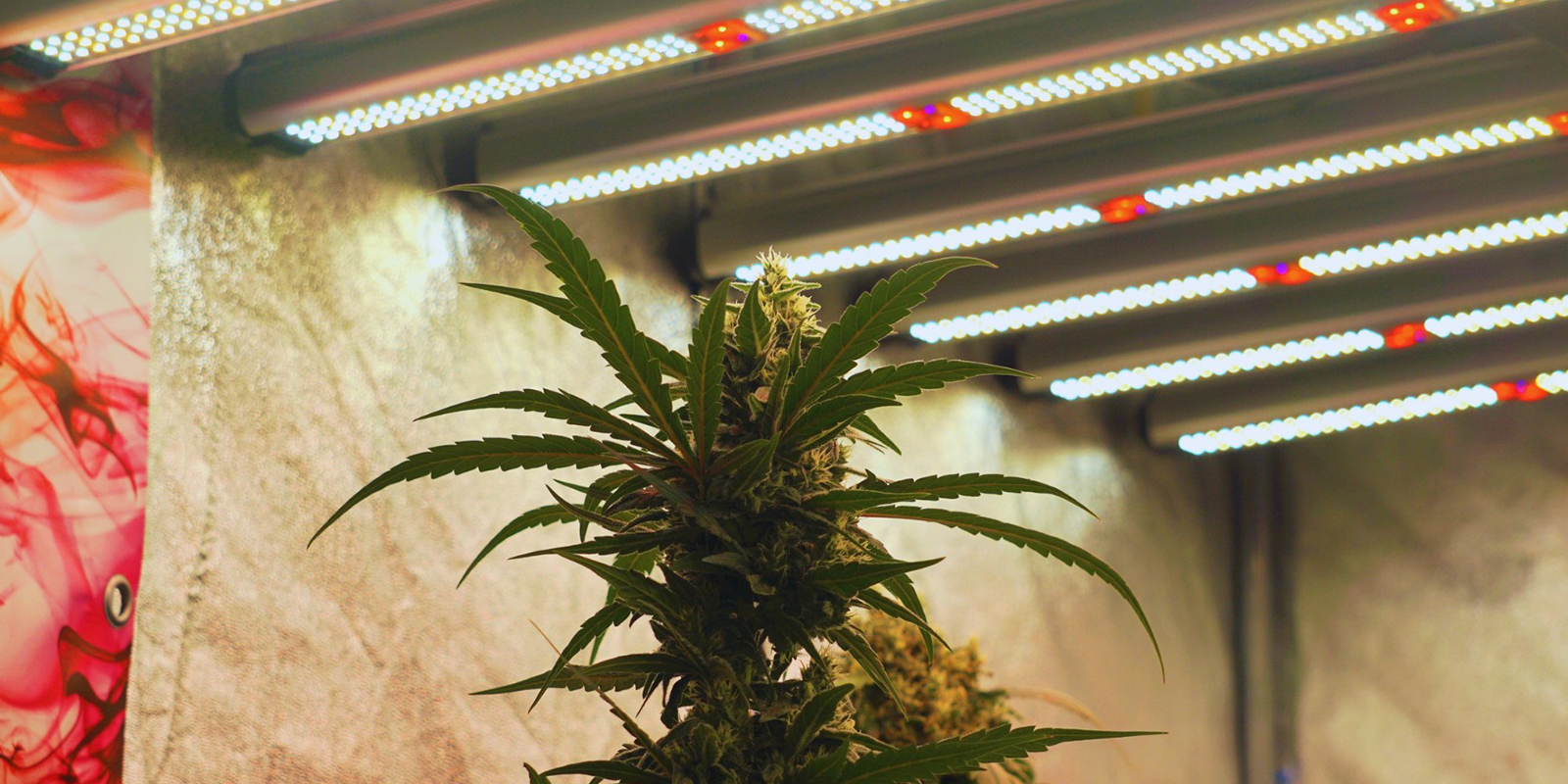
Autoflowers might be the most forgiving plants in the garden, but the effort you put into lighting still shows up in the harvest. Whether you stick with a balanced 18/6, push harder with 20/4 or 24/0, or run a 12/12 light cycle for autoflower in a mixed tent, the key is consistency and observation. There's no single perfect answer to how much light autoflowers need; your environment, equipment, and strain will always play a role, but once you understand the trade-offs, finding the best light schedule for autoflowers gets a lot easier.
Start with a dependable baseline, then watch how your plants respond and make adjustments from there. If you're chasing faster growth or comparing autoflower light cycles (24/0 vs. 18/6) for yield, keep notes and make small changes one run at a time. Dial in the proper schedule with the right spectrum and intensity, and autos will reward you with healthy growth and dense, resinous buds.
Ready to put these light cycles into action? Explore our autoflowering seed selection to choose your next strain, and keep the grow hub bookmarked for tips as you go. If anything looks off during your run, our diseases guide can help you spot and fix problems early.





 United States
United States











